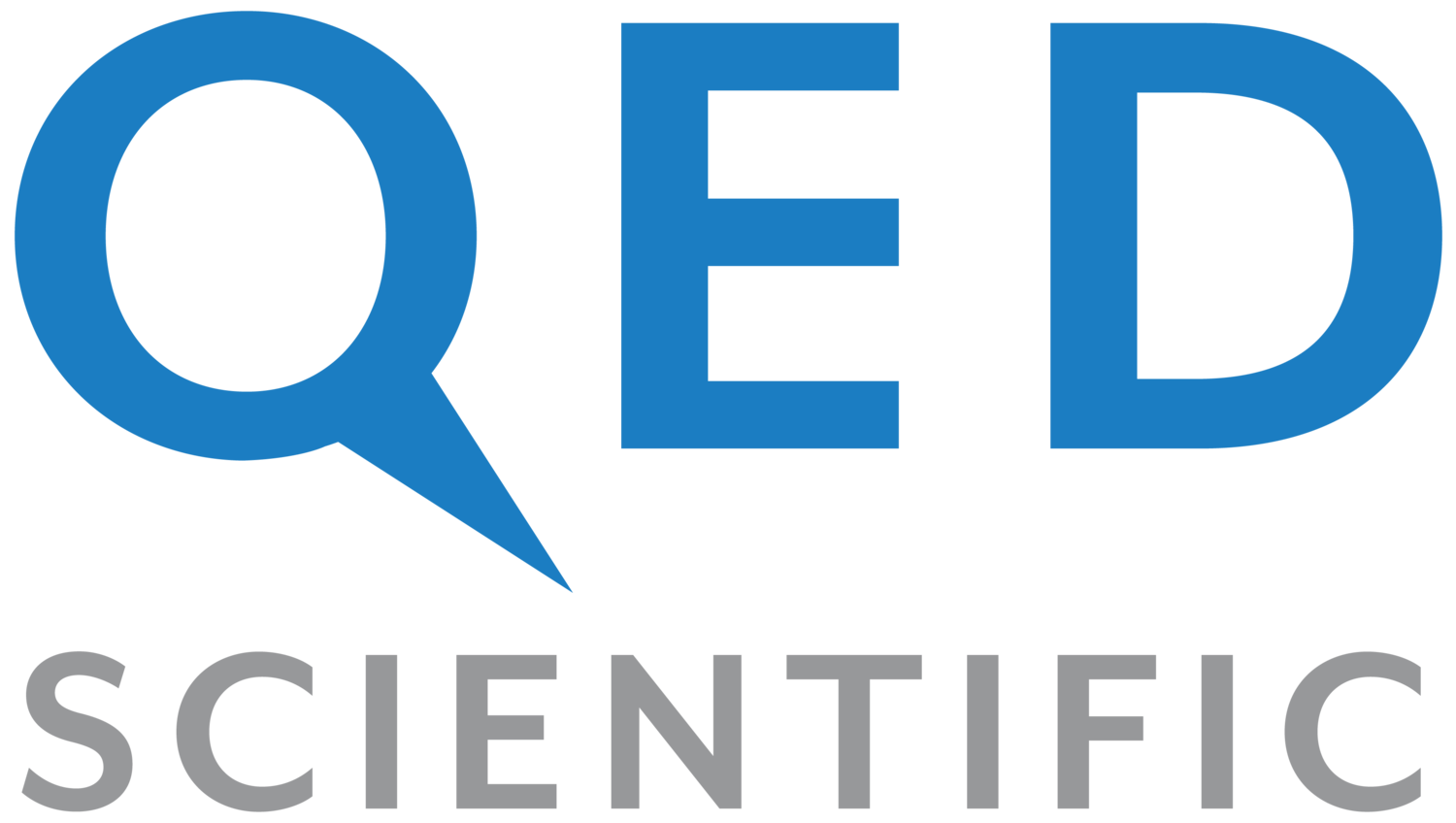CLIMATIC CHAMBERS
Climatic chambers – otherwise known as an environmental chamber, temperature-controlled chamber, or laboratory chamber – are used to replicate a range of environmental conditions to evaluate:
The effects of stresses, such as extreme temperature, humidity, light, corrosion, and vibration on a sample or product.
Checking that the quality of a product remains consistent under various temperatures and conditions, including a temperature change and a humidity range, a cooling system, temperature uniformity, ambient temperature conditions, etc.
Which products might need testing with climate chambers?
Testing for a controlled set of circumstances, namely various environmental and climatic conditions, allows the manufacturer to ascertain how these conditions will affect a variety of stock and their components, including:
Industrial goods
Commercial products
Electronic devices and materials
Biological products
These test cabinets allow scientists and the manufacturer team to improve product development and check for quality control – information that is essential to confirm that products will perform reliably and safely under a large humidity range, various storage conditions that may involve cooling, and a difference in the temperature range.
What types of tests can climatic chambers run?
Depending on the model, most temperature-controlled or climate cabinets will run looped tests that include specific temperature, and humidity, control levels, and the effects of cooling.
Some can also conclude testing that requires photoperiod lighting – defined as the duration of light within a specific timespan - for example, a 14-hour photoperiod consists of 14 hours of light and 10 of darkness in a 24-hour simulation.
Does a climate chamber have a specific temperature and humidity range?
Before testing can be completed, laboratory technicians should consider the temperature and humidity ranges they require, as these can differ depending on the model chosen.
All models available from QED Scientific include an available temperature range of 10-50°C, with precision of better than +/- 1.5°C – allowing for precise environmental control. Heat testing is achieved in this way using forced air convection.
Similarly, all models have a controllable humidity range of between 30-80%, allowing for comprehensive testing in most circumstances.
Consistency is an essential feature during climatic chamber testing - without it, tests can fail. To ensure testing can be completed with stability, accuracy, and confidence, QED Scientific uses popular models from KW Apparecchi, which offer the perfect combination of technology, functionality, and performance as well as maximum durability.
Climate chamber models include:
WR UR 700C HPL – 700 L capacity, with photoperiod lighting available
WR UR 1500C HPL – 1500 L capacity
WR UR 2300C HPL - 2300 L capacity
Functionality of the climate chambers
Our range of climate chamber models has many possible applications, including:
Paper drying
Drying plant tissues
Food preservation experiments
Growing plants and fungi
Germinating seeds
Breeding micro-organisms and insects
Photostability tests
Testing of building materials
Drug metabolisms
Analysing serum proteins
Evaluating suspended solids
Performing life and exposure studies
They are also used to perform research and tests that require stable humidity and temperature conditions, where lighting is optional.
As critical tools within laboratory environments, our KW Apparecchi climate chambers can play a key role in research before the release of a product in several different sectors, including:
Medical
Biotechnology
Cosmetics
Pharmaceuticals
Electronics
Military
Research and production
Not only used to test an environment’s effect on stock, but an environmental chamber is also helpful in establishing whether the different regulations and compliance set down by individual countries are met.
Features and benefits of climatic chambers
At QED Scientific, we offer three different test chambers, all of which are constructed with sheet steel exteriors, stainless-steel inner chambers with rounded corners, and stainless-steel shelves.
Other features and benefits of our climate chamber range includes:
A stable temperature range and humidity settings – temperature ranges between + 20˚C to 50˚C and relative humidity (RH) levels range between 30% to 80%.
7” touchscreen control panel.
Settings can be cycled to stimulate any test conditions, with up to 16 cycles per hour in a 24-hour period.
Downloadable data via USB, Wi-fi, and Ethernet, with the installed software allowing all data to be produced in both graph and table form.
Access to parameters can be password-protected.
Multiple audio and visual alarms for temperature, humidity, water level, power failure, door open, and broken probes.
Internal clear doors to protect test conditions when the outer door(s) are open.
For further information on our temperature-controlled/humidified chambers or to discuss your specific requirements, don’t hesitate to contact us by calling 01663 735 494 or email info@qedscientific.com and we’ll get back to you as soon as we can.


